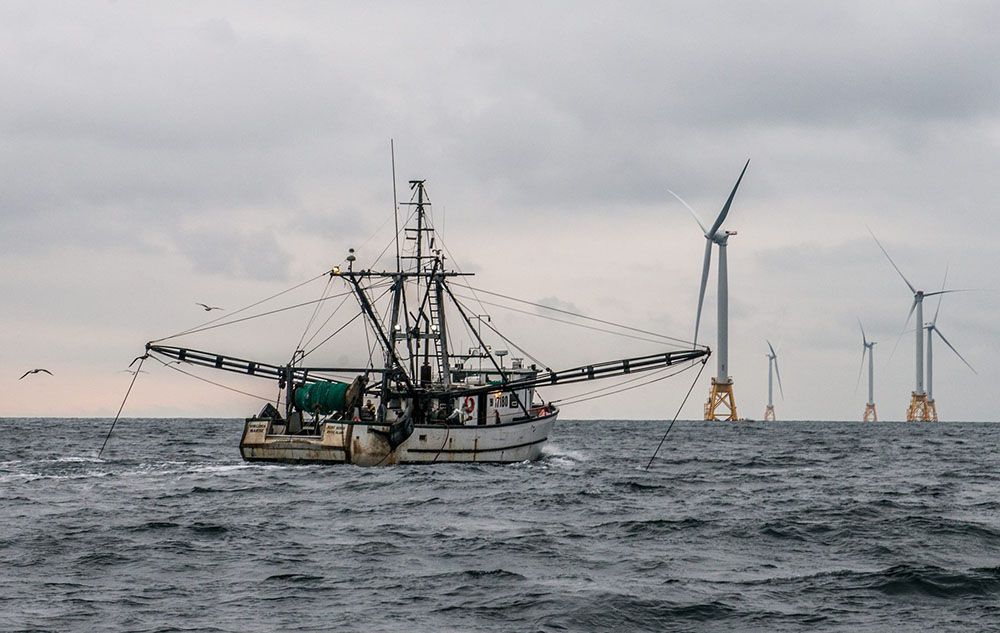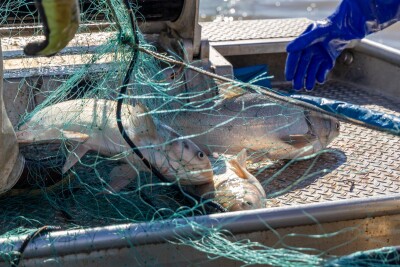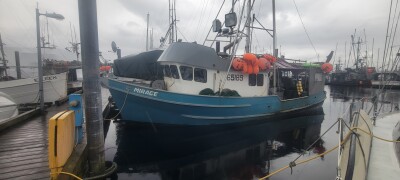If I were a betting man, I’d wager major offshore wind development projects are coming to the Atlantic Seaboard. Whatever mixed messages the Trump administration may be sending about its view of man’s impact on the climate, its Interior Department is going full steam ahead on offshore wind energy development. For their part, Republican Govs. Charlie Baker (Mass.) and Larry Hogan (Md.) are no less enthusiastic than their Democratic counterparts, such as Govs. Andrew Cuomo (N.Y.), Phil Murphy (N.J.) and Gina Raimondo (R.I.), in executing state legislative renewable energy mandates.
Unfortunately, U.S. structural and governmental forces may limit the domestic benefits from these capital intensive offshore wind projects’ development, while imposing all the environmental risks on us. Please don’t read this observation to downplay the domestic and international benefits of reducing the greenhouse gas emissions needed to illuminate the New York skyline, among other things. Nor should this short-change the short to midterm gains from job and infrastructure creation. Yet, the United States will receive little, if any, return on capital investment from this next major step in the development of our power grid — because we aren’t making any of the investments.
Let’s start with the capital markets. European — often state-owned — energy conglomerates have paid more than $42 million (Equinor: Norwegian government majority-owned); $135 million (Vineyard Wind: joint venture of Avangrid Renewables and Copenhagen Infrastructure Partners); $135 million (Equinor); and $135.1 (Mayflower: joint venture of Portuguese government majority-owned Energias de Portugal and Shell), for the last four Bureau of Ocean Energy Management leases. The first (Empire) is offshore New York, and BOEM recently awarded the last three off Nantucket.
A jaw-dropping market for pre-existing leases has recently emerged, too. Late last year, Orsted (Danish government majority-owned) recently purchased Deepwater Wind and its two leases for $510 million. U.S. Wind (owned by the Italian Toto Holding Group) sold its lease off New Jersey to Electricite de France Renewables (French government majority-owned) for $215 million, plus royalties. Both these purchases came at gargantuan premiums to the original lease holders, both of whom invested only hundreds of thousands of dollars for each lease. These lease sales occurred, moreover, before any of the lessees had made significant investments beyond the leases themselves.
This presentation is meant to be factual, and not carry value judgments, either regarding state-owned enterprises or foreign ownership of U.S. renewable energy development rights. Especially given the E.U. is more than a decade ahead of the United States in offshore wind energy development, this is how the market has very quickly evolved.
But the current state of affairs does present the question whether the offshore wind development market could realistically have evolved any other way. What non-government owned (because there aren’t any) U.S. energy company has the credit to undertake billion-dollar projects that could take nearly a decade to generate cash flow? Equally, what publicly traded U.S. energy company making that kind of investment could satisfy impatient Wall Street analysts microscopically critiquing quarterly earnings? Are European governments and their “patient money” recolonizing the New World — or at least the U.S. Exclusive Economic Zone?
Meanwhile, although the Trump administration may send mixed messages in the climate change realm, it isn’t sending any on National Environmental Policy Act and other federal environmental analysis requirements. For instance, Executive Order 13807’s “One Federal Decision” process establishes a two-year time limit for environmental review of major infrastructure projects, such as an offshore wind farms. And that two-year time line isn’t merely window dressing. The Office of Management and Budget can dock agency appropriations — that is, fine the agency — for missing the deadline.
Under Executive Order 13807, BOEM is forging quickly ahead with these wind projects’ environmental analyses. Meanwhile, the ocean ecosystem experts at NMFS (and the states) are left in a support role, racing to provide desperately needed environmental analyses and information.
In summary, then, if all goes according to “plan” regarding offshore wind development, the United States gets greener energy, a burst of short to midterm construction jobs, and hopefully some manufacturing investment and jobs over the same time frame. Some fraction of the turbine fabrication and construction-stage level of employment will remain for long-term operations and maintenance. These benefits are assuredly substantial.
In return, however, we bear the environmental risks and don’t realize the expected decades-long term return on capital (or, conversely, experience long-term capital risk). Perhaps this is the best we could hope for in our deeply divided domestic political and economic environment. But is this how we win long-term?







